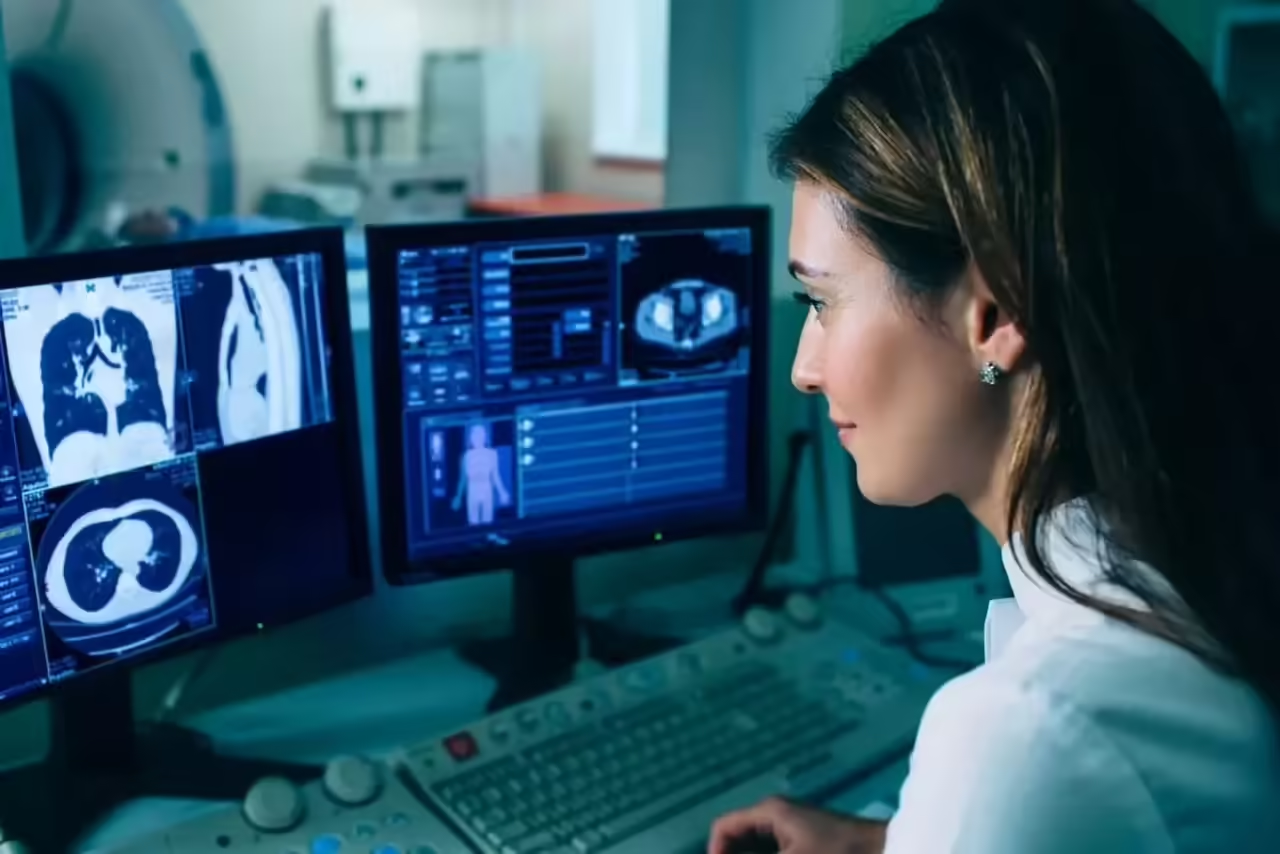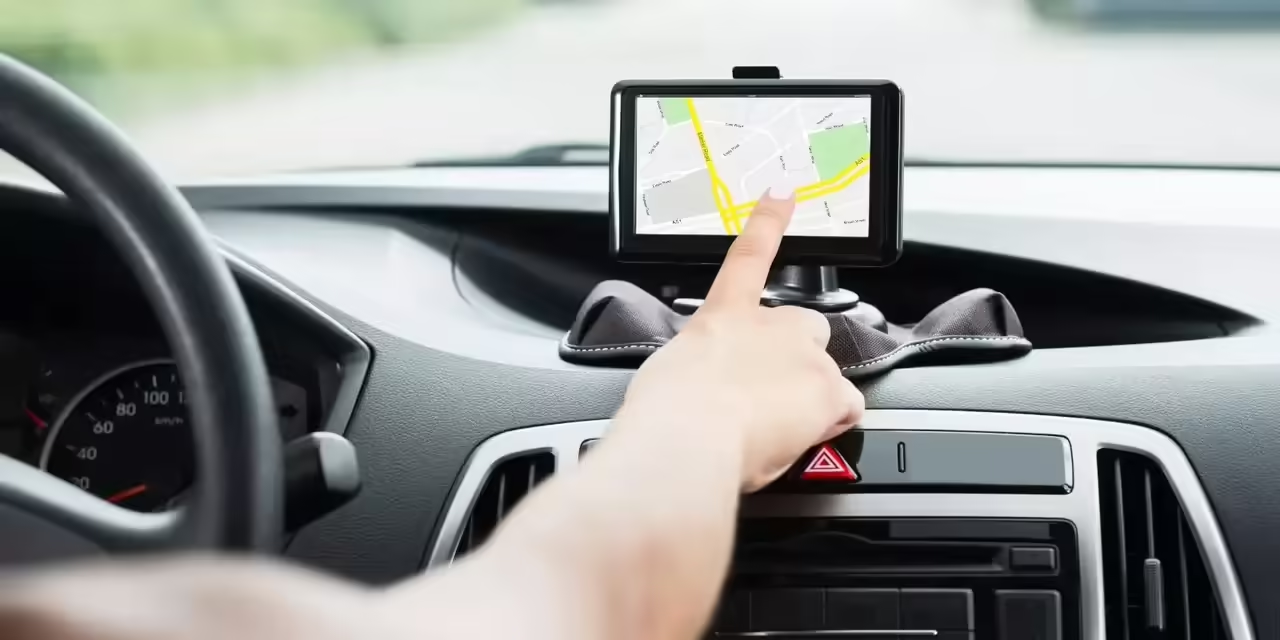
What is an Advanced Drone?
In the modern era, technology has opened up a vast horizon of possibilities in various industries. One of the most prominent advancements in this regard is the development and proliferation of drones, unmanned aerial devices that have revolutionized numerous fields, from photography to precision agriculture. In this article, we will explore the main features of advanced drones and their importance in the current context.
An advanced drone is an unmanned aircraft equipped with cutting-edge technology that allows it to perform a variety of tasks autonomously or semi-autonomously. These drones are designed to operate in a wide range of environments and conditions, from urban areas to remote and hostile areas.
Key Features of Advanced Drones:
Advanced Navigation Systems: Advanced drones are equipped with high-precision navigation systems that allow them to fly autonomously and effectively avoid obstacles.
High-Resolution Cameras: Many advanced drones are equipped with high-resolution cameras that can capture sharp images and videos from high altitudes. These cameras are used in a variety of applications, such as aerial photography, infrastructure inspection, and surveillance.
Customizable Payload: Advanced drones often have the ability to carry a variety of payloads, which can include specialized sensors, 3D mapping equipment, agricultural spraying systems, and more. This customization capability makes them extremely versatile and adaptable to different use scenarios.
Extended Flight Duration: Thanks to advances in battery technology and aerodynamic design, many advanced drones have extended flight durations, allowing them to carry out prolonged missions without the need for recharging.
Secure Connectivity and Communications: Advanced drones are equipped with secure communication systems that allow them to maintain a stable connection with the operator and other drones in the network. This capability is essential for coordinating complex missions involving multiple drones working together.
Importance of Drones in the Current Context
Commercial Applications: Advanced drones are increasingly being used in a variety of commercial applications, from package delivery to infrastructure inspection and precision agriculture. These applications can increase operational efficiency and reduce costs for businesses.
Emergency Response: In emergency situations, such as natural disasters or accidents, advanced drones can play a crucial role in search, rescue, and damage assessment operations. Their ability to reach hard-to-access areas and provide real-time information can help save lives and minimize the impact of tragedies.
Surveillance and Security: Advanced drones are effective tools for surveillance and security, whether in civilian or military environments. They can be used to monitor large areas efficiently and detect suspicious activities or potential threats.
Environmental Conservation: In the field of environmental conservation, advanced drones are used to monitor wildlife, map ecosystems, and detect illegal activities such as illegal logging and poaching. These tools are essential for the protection and preservation of biodiversity.
Technological Innovation in Drones: Details on Cutting-Edge Technologies
At the heart of the drone revolution lies an amalgamation of cutting-edge technologies that have enabled these unmanned aircraft to perform feats that just a few decades ago seemed like science fiction. From artificial intelligence to autonomous navigation systems and advanced sensors, each component plays a crucial role in the functionality and effectiveness of modern drones.
Artificial Intelligence (AI):
The integration of artificial intelligence into drones has been a turning point in their evolution. Machine learning algorithms and AI enable these aircraft to perform increasingly complex tasks autonomously. This includes the ability to recognize and track objects, plan optimal flight routes, and make real-time decisions based on sensory data analysis.
AI also plays a crucial role in obstacle detection and avoidance, which is essential to ensure safety during flight, especially in urban or congested environments.
Autonomous Navigation Systems:
Advanced drones are equipped with autonomous navigation systems that allow them to fly accurately and safely without constant intervention from a human operator. These systems use a combination of GPS, inertial sensors, cameras, and image processing technology to determine their position and orientation in real-time.
The ability of drones to navigate autonomously is critical for a variety of applications, from mapping and topography to infrastructure inspection and package delivery.
Advanced Sensors:
Advanced sensors are key elements in the functionality of drones, allowing them to collect precise data about their environment and perform a variety of specialized tasks. Some of the most common sensors include:
High-Resolution Cameras: These cameras allow drones to capture high-quality images and videos, used in applications such as aerial photography, surveillance, and infrastructure inspection.
LiDAR (Light Detection and Ranging) Sensors: LiDAR sensors use laser pulses to measure distances and create detailed three-dimensional maps of terrain. They are especially useful in mapping, topography, and 3D modeling applications.
Infrared Sensors: These sensors detect infrared radiation emitted by objects and can be used for heat detection, night surveillance, and search and rescue in low-visibility conditions.
Gas and Chemical Sensors: These sensors can detect the presence of toxic gases or pollutants in the air, making them useful in environmental monitoring and security applications.
Operational Capabilities of Drones: Range, Speed, Endurance, and Payload
Modern drones have redefined operational capabilities in the aerial domain, offering a unique combination of range, speed, endurance, and payload capacity that makes them extremely versatile in a variety of applications. Each of these capabilities is described below:
Range:
The range of a drone refers to the maximum distance it can fly from its takeoff point before it needs to return or be recharged. This parameter is mainly determined by the capacity of its battery and the efficiency of its propulsion system.
Commercial drones typically have a range ranging from a few kilometers to several tens of kilometers, making them suitable for a wide range of applications, from infrastructure inspection to package delivery in urban areas.
Military and long-range drones can have much greater capabilities, with some models capable of flying hundreds or even thousands of kilometers without refueling.
Speed:
Speed is another important aspect of a drone’s operational capabilities. It refers to how quickly it can travel through the air and is influenced by various factors such as aerodynamic design, motor power, and payload.
Commercial drones typically have speeds ranging from 20 to 100 kilometers per hour, allowing them to efficiently carry out missions without compromising stability or safety.
Military and high-speed drones can reach much higher speeds, with some models capable of exceeding 200 kilometers per hour for reconnaissance and aerial surveillance missions.
Endurance:
The endurance of a drone refers to its ability to remain in the air for an extended period of time without needing to recharge its battery. This parameter is determined by the battery capacity, the energy efficiency of the propulsion system, and the payload it carries.
Commercial drones typically have endurance ranging from a few minutes to several hours, allowing them to perform a variety of tasks such as filming sporting events or surveilling large areas.
Military and long-endurance drones are designed to remain in the air for days or even weeks, using alternative power systems such as solar cells or fuel generators.
Payload:
The payload of a drone refers to the maximum weight it can carry, including cameras, sensors, communication equipment, or other devices. This capacity determines the versatility and usefulness of the drone in different applications.
Commercial drones typically have a payload capacity ranging from a few hundred grams to several kilograms, allowing them to carry a variety of equipment for applications such as aerial photography, package delivery, and infrastructure inspection.
Military and heavy-lift drones can carry much larger payloads, including weapons, long-range surveillance equipment, and supplies for troops in the battlefield.
Security and Privacy in the Use of Advanced Drones
While advanced drones offer a wide range of benefits and potential applications, they also pose significant challenges in terms of security and privacy. These concerns are especially relevant given the increase in availability and widespread use of drones in various industries and fields. Here we will discuss some of the main challenges and concerns associated with the use of advanced drones:
Air Safety:
One of the main challenges in terms of safety is the safe integration of drones into shared airspace with manned aircraft. The proliferation of commercial and recreational drones increases the risk of mid-air collisions, especially in urban areas and near airports. To address this challenge, clear regulations and air traffic management systems are needed to ensure the safety of all air operations.
Risks to Physical Security:
Drones can also pose a risk to physical security when used improperly or maliciously. For example, drones can be used to transport hazardous materials, conduct unauthorized surveillance, or even carry out deliberate attacks against people or infrastructure. Detecting and mitigating these risks requires the implementation of appropriate security measures, such as intruder detection systems and regulations on drone flights in sensitive areas.
Invasion of Privacy:
The use of drones for surveillance and data collection raises significant privacy concerns. Drones can be equipped with high-resolution cameras and sensors that can capture images and videos in public and private areas. This raises questions about who has the right to collect and use this data, and how to protect the privacy rights of individuals. The implementation of clear regulations on the use of drones for surveillance and data collection is essential to address these concerns.
Misuse by Non-State Actors:
There is concern that drones may be used by non-state actors, such as terrorists or criminals, to carry out illicit activities or deliberate attacks. For example, drones could be used to conduct reconnaissance of targets, deliver illicit substances, or carry out explosive attacks. Preventing and responding to these scenarios requires close cooperation between authorities, industry, and the international community to develop and implement effective security strategies.
Comparison between Advanced Drone and Other Prominent Drones
To better understand the differences and similarities between the advanced drone and other prominent drones, it is important to analyze their characteristics, performance, and applications. Below is a comparison between the advanced drone and two types of popular drones: recreational drones and military drones.
Recreational Drone:
Characteristics: Compact size and lightweight design. Basic quality cameras for capturing photos and videos. Simple remote control with basic functions. Limited flight autonomy, usually between 20 to 30 minutes.
Performance: Suitable for recreational and hobby use. Stable flight and easy to control. Not suitable for professional or industrial applications due to limitations in camera quality and battery life.
Applications: Amateur photography and videography. Entertainment and fun. Exploration of nearby areas.
Military Drone:
Characteristics: Robust and rugged design for operations in hostile environments. Equipped with advanced intelligence, surveillance, and reconnaissance (ISR) technology. Varied payload, including high-resolution cameras, infrared sensors, and secure communication systems. Long-duration flight capability and extended range.
Performance: Designed for tactical and strategic missions on the battlefield. Autonomous flight capability and ability to operate in adverse conditions. Used for surveillance, reconnaissance, search and rescue, and precision attacks.
Applications: Military operations and defense. Border surveillance and patrolling. Aerial support in combat missions.
Advanced Drone:
Characteristics: Modular and configurable design to suit various applications. Equipped with cutting-edge technology, including artificial intelligence, autonomous navigation systems, and advanced sensors. Customizable payload capacity to meet specific user needs. Prolonged flight autonomy and extended range.
Performance: Highly versatile and adaptable to a variety of applications. Ability to perform complex tasks autonomously. Operational efficiency and precision in data collection.
Applications: Surveillance and security in civilian and military environments. Cargo delivery and logistics in urban and rural areas. Precision mapping and cartography. Infrastructure inspection and asset maintenance. Applications in agriculture, environmental conservation, and more.







